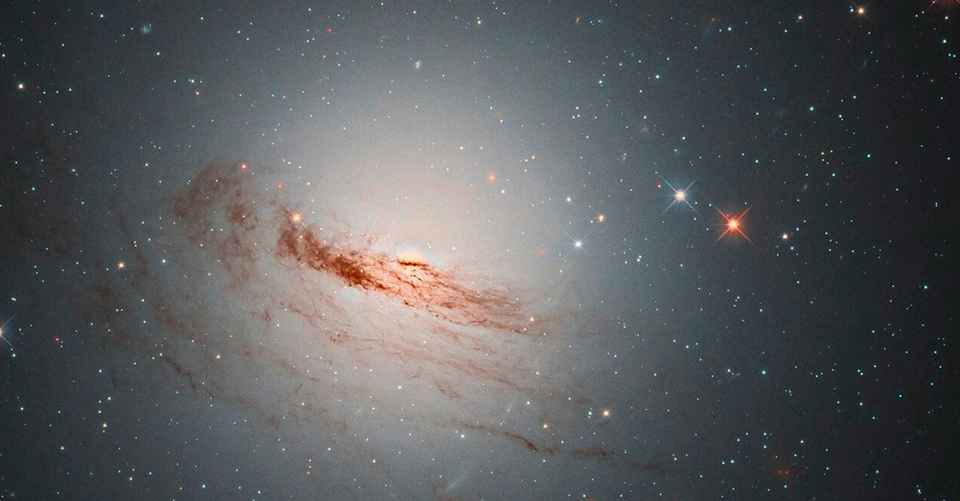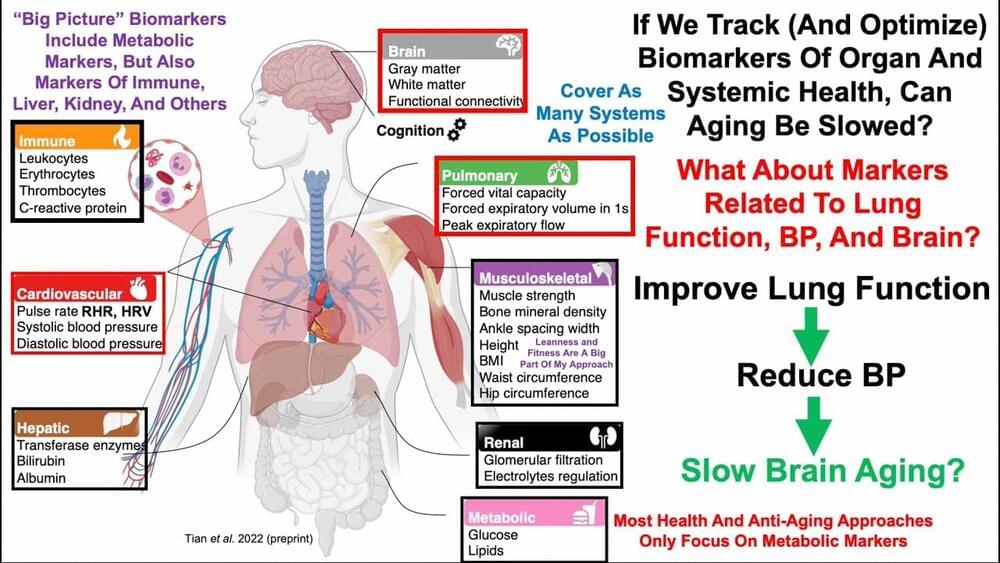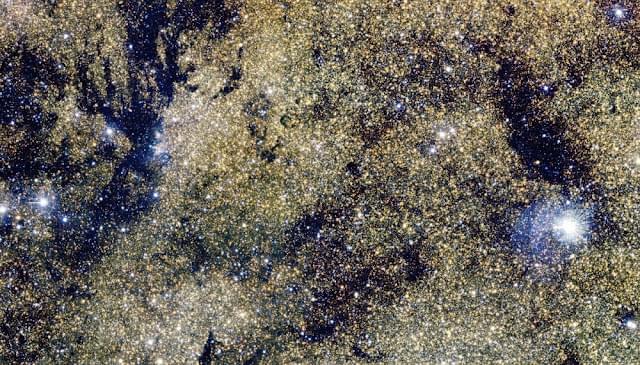Since the 1990s, scientists have cataloged thousands of planets outside our solar system, called exoplanets. Some of these are massive and gaseous, while others are tiny and rocky like our home world. But a recent analysis suggests that some of these exoplanets might be more dense and have more water than previously thought, which has big implications for alien life.
There are four main types of exoplanets: Neptunian, gas giant, super-Earth and terrestrial. It’s not easy spotting these planets directly, let alone figuring out what they’re made of. One of the most tried-and-true methods of exoplanet hunting is called transit photometry, which is basically pointing a telescope at a star and measuring the light when a planet swings past. A dip in brightness indicates a planet is there.
But two astronomers, Rafael Luque at the University of Chicago and Enric Pallé at the Universidad de La Laguna in Spain, wanted to find the density of certain exoplanets. When they took a closer look at some of this transit data, they discovered something was off.









